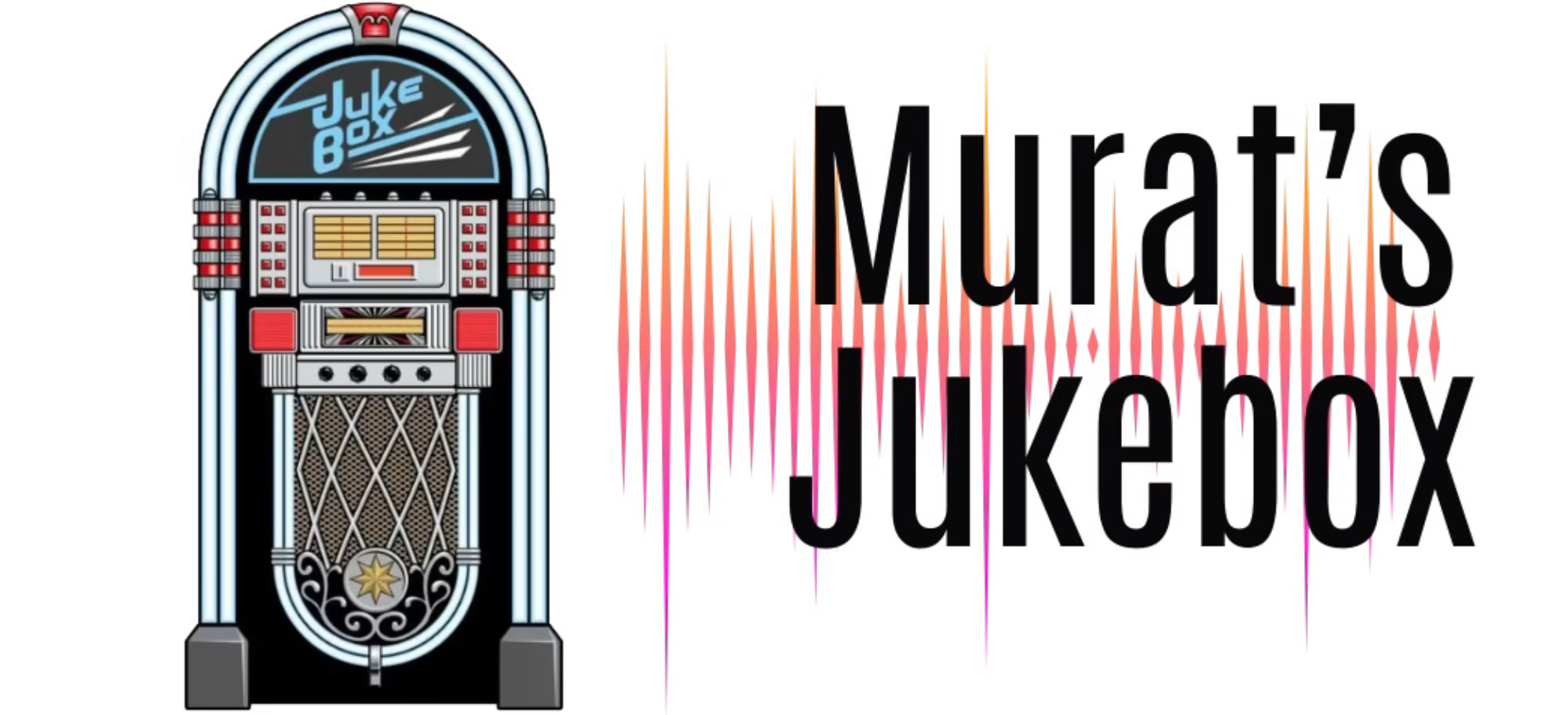Bob Dylan: The Voice of a Generation and Beyond
Bob Dylan. I. Early Life and Influences
Born: Robert Allen Zimmerman
Date: May 24, 1941
Place: Duluth, Minnesota, USA
Raised in the iron mining town of Hibbing, Minnesota, Dylan was exposed to a range of American music early on — from blues and gospel to country and early rock ‘n’ roll. He became enamored with artists like Woody Guthrie, Hank Williams, Little Richard, and Elvis Presley.
In 1961, he moved to New York City, immersing himself in the Greenwich Village folk scene and quickly gaining attention for his original songwriting, distinctive voice, and poetic depth.
Bob Dylan. II. Folk Icon and Protest Voice (1962–1964)
✦ Bob Dylan (1962)
- Debut album featuring mostly covers of traditional folk and blues songs
- Modest sales, but showed raw charisma and interpretive skill
✦ The Freewheelin’ Bob Dylan (1963)
- A breakthrough, introducing “Blowin’ in the Wind” and “A Hard Rain’s a-Gonna Fall”
- Became anthems of the civil rights and antiwar movements

✦ The Times They Are a-Changin’ (1964)
- Cemented his role as “the voice of a generation”
- Songs were direct, urgent, and topical — tackling racism, war, injustice
Dylan became the unofficial poet laureate of the 1960s, though he often resisted the role.
III. Electric Revolution and Artistic Reinvention (1965–1966)
Dylan shocked the folk world by going electric at the 1965 Newport Folk Festival, sparking both outrage and evolution.
✦ Bringing It All Back Home (1965)
- Side A: Electric rock; Side B: Acoustic
- Featured “Subterranean Homesick Blues” and “Mr. Tambourine Man”
✦ Highway 61 Revisited (1965)
- Included “Like a Rolling Stone”, a revolutionary single that redefined rock songwriting
- Fused blues, surrealism, and electric instrumentation
✦ Blonde on Blonde (1966)
- A sprawling double album, considered one of the first great double albums in rock
- “Visions of Johanna,” “Just Like a Woman,” “Stuck Inside of Mobile…”
His lyrics became more abstract, Dadaist, and emotionally intricate. Critics dubbed it “electric Dylan” — visionary, cryptic, raw.
IV. Motorcycle Accident and Shift to Country/Folk Rock (1966–1970)
After a motorcycle accident in 1966, Dylan retreated from public life.
✦ John Wesley Harding (1967)
- A return to sparse, biblical folk
- Included “All Along the Watchtower” (famously covered by Jimi Hendrix)
✦ Nashville Skyline (1969)
- Embraced country music
- Featured smoother vocals and a duet with Johnny Cash
Though less radical than earlier work, this period showed Dylan’s refusal to conform — always moving forward, never staying put.
Bob Dylan. V. The 1970s: Return to Form and Personal Depth
✦ Blood on the Tracks (1975)
- Regarded as one of Dylan’s greatest achievements
- A deeply personal, emotionally raw album reflecting love, heartbreak, and introspection
- “Tangled Up in Blue,” “Shelter from the Storm,” “Idiot Wind”
✦ Desire (1976)
- Included storytelling epics like “Hurricane” (about boxer Rubin Carter)
- Political and narrative-driven
✦ The Rolling Thunder Revue
- A traveling circus-style tour featuring Joan Baez, Allen Ginsberg, and others
- Dylan performed with flamboyance and theatrical flair
VI. Christian Period and Reinvention (1979–1981)
In a surprising turn, Dylan declared himself a born-again Christian, releasing gospel-influenced albums:
- Slow Train Coming (1979) – Won a Grammy for “Gotta Serve Somebody”
- Saved (1980) and Shot of Love (1981) – Passionate but polarizing
Though controversial, this phase demonstrated Dylan’s spiritual searching and creative unpredictability.
VII. Later Career: Longevity, Honors, and Legacy (1980s–Present)
Dylan’s career remained dynamic through the decades:
✦ Oh Mercy (1989)
- A critical comeback with producer Daniel Lanois
- Dark, introspective songs like “Most of the Time”
✦ Time Out of Mind (1997)
- Moody, weathered, and powerful
- Won Album of the Year at the Grammys
- Sparked a late-career renaissance
✦ Modern Times (2006), Tempest (2012), Rough and Rowdy Ways (2020)
- Aged voice, blues and jazz influences, and razor-sharp lyrics
- “Murder Most Foul” – A 17-minute meditation on JFK and American decline
Dylan also recorded American standards, including a series of Frank Sinatra covers, showcasing his love for pre-rock pop music.
Bob Dylan. VIII. Awards and Cultural Impact
Bob Dylan’s accolades include:
- Nobel Prize in Literature (2016) – For “having created new poetic expressions within the great American song tradition”
- Pulitzer Prize Special Citation (2008)
- 10+ Grammy Awards
- Presidential Medal of Freedom (awarded by Barack Obama)
- Rock and Roll Hall of Fame inductee (1988)
He is widely seen as the greatest songwriter of all time, and perhaps the most influential lyricist in music history.
Bob Dylan. IX. Influence and Legacy
Dylan influenced countless artists, including:
- The Beatles, who expanded their lyrics after hearing him
- Bruce Springsteen, Leonard Cohen, Patti Smith
- Indie, folk, punk, and hip-hop artists who draw from his lyrical complexity and authenticity
He also elevated popular music to high art, showing that rock could be literature, social commentary, and spiritual exploration.
X. Interesting Facts
- Dylan has never stopped touring — dubbed “The Never Ending Tour” since 1988
- Rarely grants interviews and is famously evasive or cryptic when he does
- Originally wanted to be an actor or poet, not necessarily a musician
- His songs have been covered by hundreds of artists — some more famous than his originals
- Despite his Nobel win, he did not attend the ceremony and gave his lecture months later




